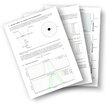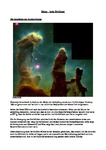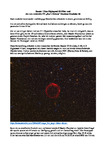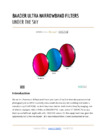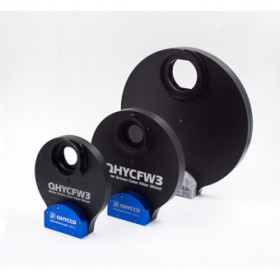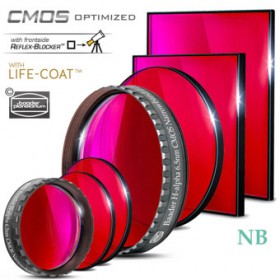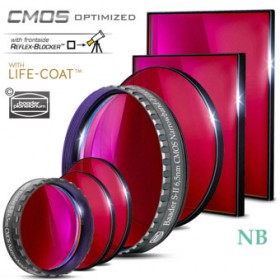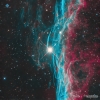Fragen und Antworten zum Produkt
Haben Sie eine Frage zu diesem Produkt? Dann möchten wir bitten zunächst die vorhandenen Fragen und Antworten durchzusehen, mit großer Wahrscheinlichkeit wurde Ihre Frage bereits beantwortet und Sie erhalten auf diese Weise die gewünschte Information sehr viel schneller. Oftmals lohnt sich auch ein Blick auf die englische Produktseite wo teils weitere Fragen/Antworten stehen.
Ihre Fragenthematik ist nicht dabei? Dann klicken Sie bitte auf den Button "Frage stellen".
- Beschreibung
-
Details
Die neue Generation von CMOS-optimierten Baader Filtern zeichnet sich aus durch:
- erhöhter Kontrast
- nochmals schmalere Halbwertsbreiten (FWHM)
- Reflex-Blocker™-Beschichtungen, für größtmögliche Unempfindlichkeit gegen Retro-Reflektion von nächstgelegener Hilfspoptik, auch unter widrigsten Bedingungen
- FWHM bei jeder Filterkategorie sorgfältig ausgelegt um 1:1:1-Belichtungen zu ermöglichen, abgestimmt auf typische CMOS-Quanteneffizienz und s/n-Verhältnis
- identische Filterdicke zu bestehenden Standards, mit größter Sorgfalt bezügl. Homofokalität
- geschwärzte Ränder rundum, mit Filter-Frontseiten-Indikator in Form eines schwarzen Außenrandes auf der Vorderseite, um zusätzlich jegliche Reflexion durch auf den Filterrand fallendes Licht zu vermeiden
- jedes Filter individuell feinoptisch poliert und beschichtet, mit versiegeltem Beschichtungsrand (NICHT aus einer größeren Platte herausgeschnitten – mit dadurch freiliegenden Beschichtungsrändern mehr dazu siehe hier)
- Life-Coat™: nochmals härtere Beschichtungen, um eine alterungsbeständige Beschichtung über eine unbegrenzte Lebensdauer zu ermöglichen – selbst bei widrigsten Umgebungen
Weitere Informationen, Testberichte, Bildergebnisse...
Zum Unterschied CMOS- / CCD-Filter
Die völlig neu konstruierten, CMOS-optimierten Filter arbeiten hervorragend mit allen bestehenden Kameratechnologien, seien es CMOS- oder CCD-Chips.. Allerdings – wer CCD-Kameratechnik besitzt, wird mit unseren bisherigen, extrem preisgünstigen, CCD-Schmalbandfiltern weiterhin hervorragend arbeiten können. Aber "Das Bessere ist des Guten Feind".
... finden Sie in unserem ausführlichen Blogpost:
Baader Blogpost:
Baader CMOS optimierte Filter: Entfesseln Sie das volle Potenzial der AstrofotografieThis entry was posted on 7. August 2023 Last modified on 27. September 2023.
Baader Blogpost:
Neue CMOS-optimierte Baader FilterThis entry was posted on 8. Mai 2021 Last modified on 11. April 2023.
Zusatzinformation
| Technische Daten noch nicht spezifiert | Please choose product variant from dropdown above to see technical data of your chosen product |
|---|
 Produktinformation
Produktinformation
 Testberichte
Testberichte
 Test Reviews
Test Reviews





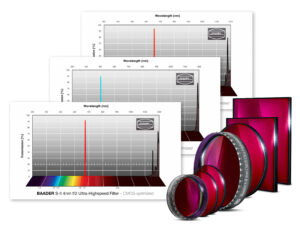
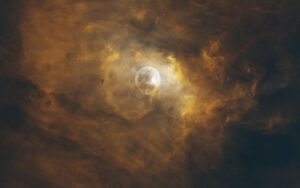



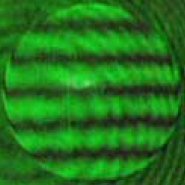







 Featured:
Featured:
